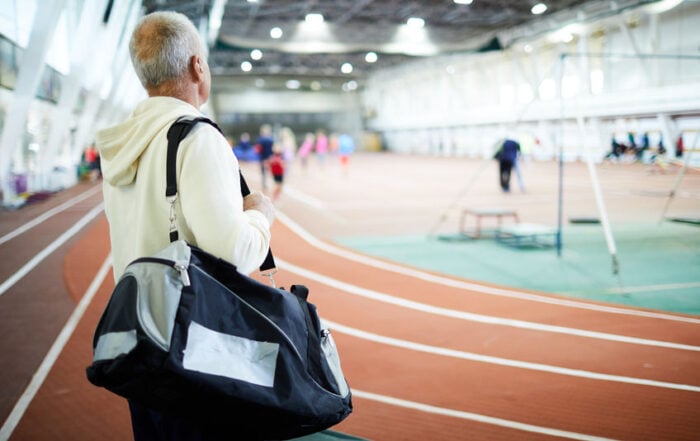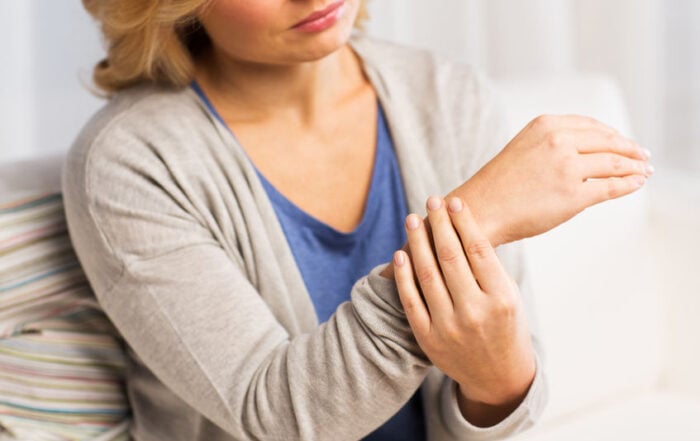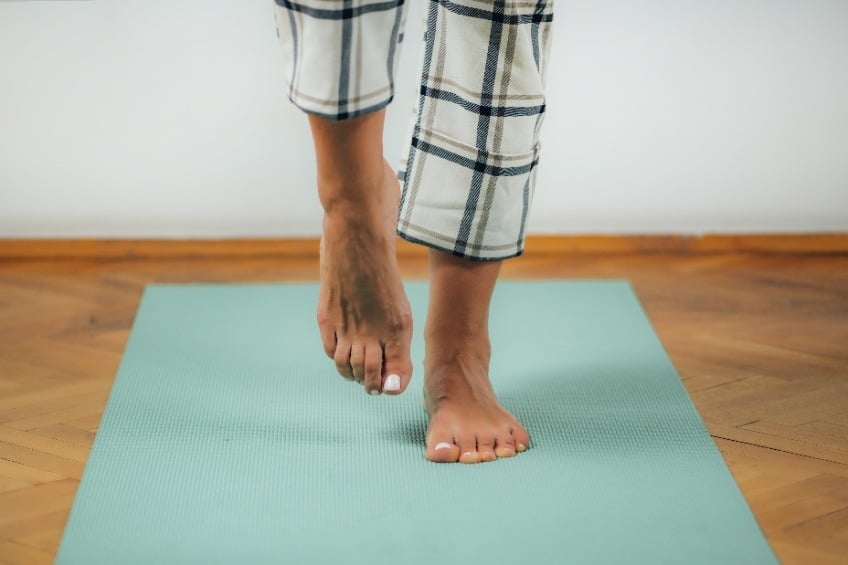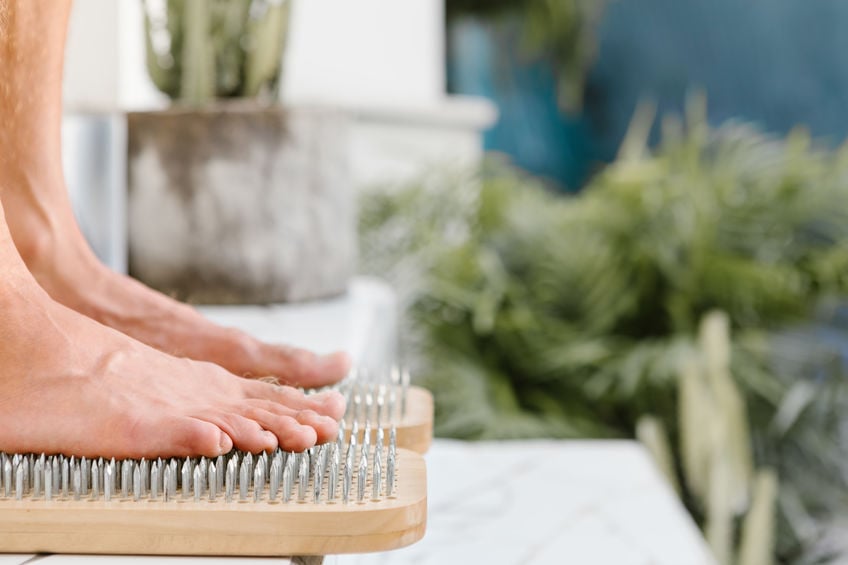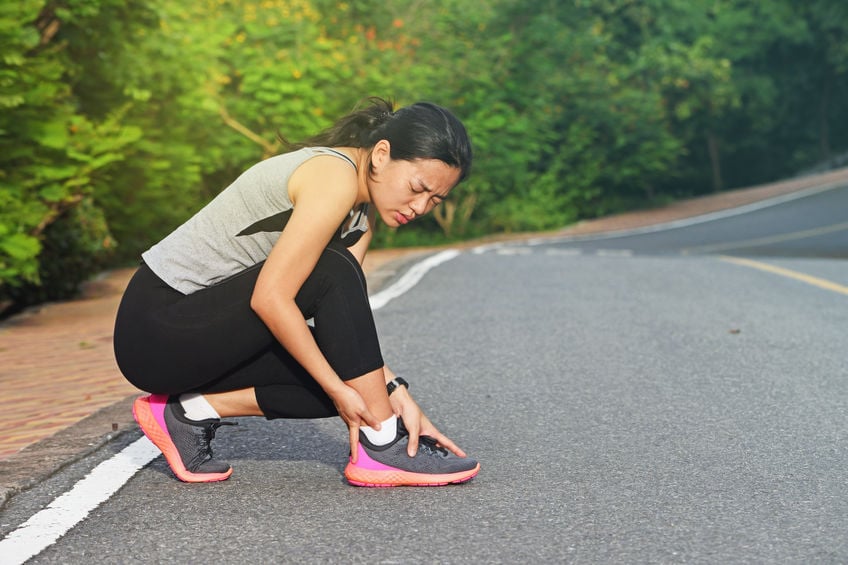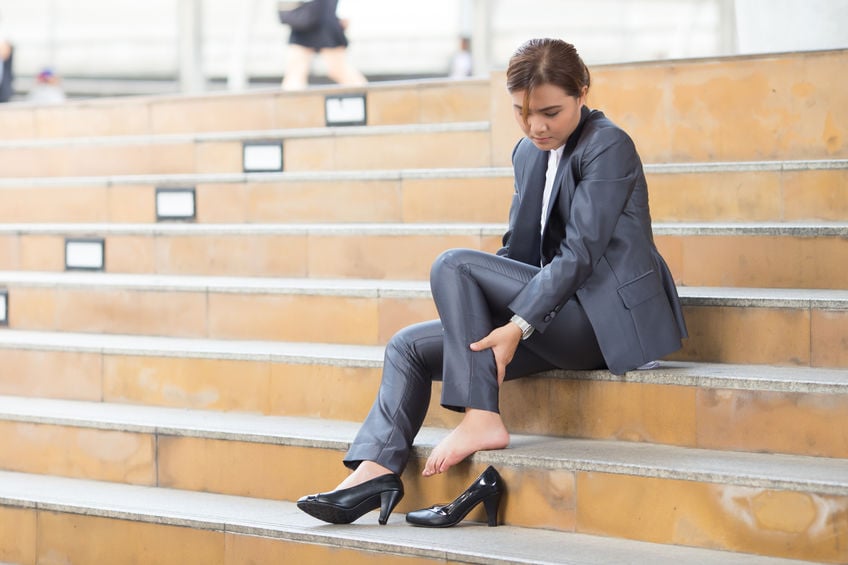The Little Bone That Ruins Running
With over 60 million runners, running is a religion for some people. Avid runners feel out of sorts after missing just one day. Missed days are sometimes necessary because of injury, pain, or other health conditions. Many runners deal with sesamoiditis, where a small bone has a significant impact. Sesamoiditis is inflammation of the tendons attached to the sesamoids in the foot. Sometimes, the inflammation is too much to bear and needs correction with sesamoidectomy.

Understanding sesamoids and sesamoiditis
Sesamoids are small bones connected to muscles by tendons. In contrast, most bones of the body are connected to other bones by joints. There are a few sesamoids in the body, with the biggest being the kneecap. There are a pair of sesamoids under the big toe in each foot. The pair act as pulleys for the tendons when the foot hits the ground. With sesamoiditis in the foot, repetitive movements can inflame the tendon. Runners aren’t the only ones at risk. Dancers and other high-performance athletes can develop sesamoiditis. Persons who continuously wear ill-fitting shoes can get sesamoiditis too.
Are you running into sesamoiditis?
Runners with sesamoiditis will first notice pain coming from under the ball of the foot. The discomfort worsens over time and may even cause swelling or bruising. With sesamoiditis, straightening, bending, and moving the big toe may be quite difficult. As the condition becomes more serious, the big toe makes a popping or catching sound when extended.
Is it time to panic?
If, after running, these symptoms show up, start by resting the foot first. In many cases, overtraining can cause inflammation. If the issue persists, speak with a doctor immediately. The doctor will perform an x-ray and physical examination to rule out fractures. If there are no broken bones, the doctor will suggest actions and treatment for pain relief.
Simple lifestyle changes help
The first step is to restrict the activity that causes sesamoiditis. Runners should focus on more rest or running shorter distances. Persons who feel pain after running or certain activities should use a combination of elevation and ice. Avoid poor-fitting shoes and change into running shoes that provide more cushion and support. Take things a step further by investing in orthotics. Orthotics are padded insoles that help with positioning and shock absorption. Using over-the-counter or custom insoles can help.
Turning to medication
If the foot pain is too much to bear, try pain relievers and non-steroid anti-inflammatory drugs or NSAIDs. Combined with rest, NSAIDs can help bring long-term relief. If there is swelling, a steroid injection helps to reduce the inflammation of tendons and the swelling. This is a minimally invasive procedure completed only by a medical professional. Speak with a doctor about injections for pain relief.
Is it time for sesamoidectomy?
Doctors and runners alike should consider surgery in worse-case scenarios. If the non-surgical treatments mentioned fail, the patient might be a candidate for surgery. A foot fracture may also cause sesamoiditis. To detect this, the doctor may recommend an x-ray or MRI. For these reasons, a surgeon will perform a sesamoidectomy to remove one of the pair of sesamoids.
Under the foot, under the knife
During the surgery, the patient will receive general anesthesia. The surgeon will then make an incision on the bottom of the foot and move the tissue from the affected bone. The broken bone will then be removed, and the tissue put back in place. Lastly, the surgeon will close the incision. Advancements in surgery have seen sesamoidectomies performed using minimally invasive means. After the surgery, the patient will have a splint for 2 weeks, followed by 6 weeks in a walking boot. Surgery should drastically improve the pain. At the same time, runners and athletes should monitor the foot for future pain.
Consider surgery if all is lost
In most cases, sesamoiditis can easily be treated by lifestyle change, orthotics, and medication. Sesamoidectomy is considered a last resort and will only be needed if there is a foot fracture, injury, or failed treatment. To lessen one’s risk of developing sesamoiditis, the best thing to do is wear comfortable shoes, insoles, and prevent overtraining. With the right help, sesamoiditis could be a thing of the past. For more information about surgery options, speak with a podiatrist or orthopedic surgeon.
Can Lower Back Pain Return After Spinal Surgery? 3 Lifestyle Changes To Get The Most Out Of Fusion
Minnesota Valley Valley Center2024-04-02T14:49:38-05:00April 15th, 2024|
Spinal surgery is an excellent solution for lower back pain, but symptoms can return. With lifestyle changes, patients can get the most out of fusion.
A New Lease On Life: Exploring How Robotic Total Joint Replacement Can Get You Active Again
Minnesota Valley Valley Center2024-03-24T17:38:47-05:00March 29th, 2024|
Robotic total joint replacement uses a robotic arm to replace the joint. This innovative approach allows a quick return to activities.
Restoring Dexterity: How Outpatient Carpal Tunnel Surgery Can Change Your Life
Minnesota Valley Valley Center2024-03-24T17:38:37-05:00March 15th, 2024|
After months of wrist and hand pain, carpal tunnel surgery may be needed. With outpatient options, restored dexterity with less pain and discomfort is possible.
More Articles from MVSC
January 5, 2023
Sesamoid foot injuries are painful but respond to conservative treatment. If these techniques fail, a sesamoidectomy can provide relief.
June 25, 2021
Conditions like bunions or hallux rigidus affect the big toe. Here’s how to tell the difference and to determine if foot surgery is required.
May 12, 2021
A hammertoe is unable to extend, causing unbearable pain. There are surgical treatment options, but is foot surgery the best move?
September 17, 2020
Bunions are bony bumps that cause the big toe to bend inwards. Based on the severity of the issue, a doctor may decide on a surgery called bunionectomy and osteotomy.


